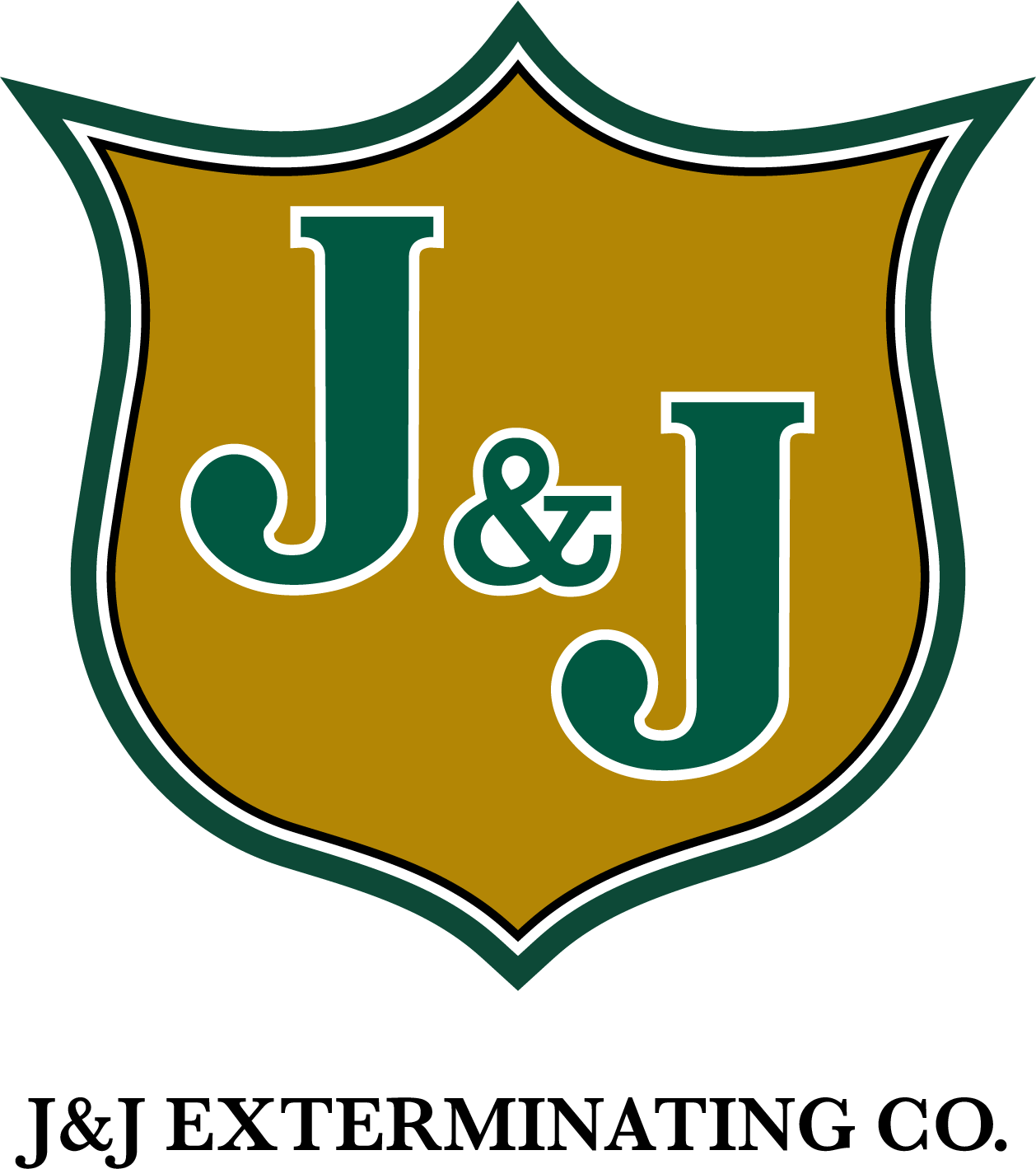Physical Differences
Termites and ants have distinct physical characteristics that set them apart.
Termites
Termites have a straight, wide waist, and their wings are equal in size and shape. They have straight antennae and a soft body that is light in color. They also have a beaded appearance on their antennae and a thick waistline.
Ants
Ants have a narrow, pinched waist, and their wings are different in size and shape. They have bent antennae and a hard exoskeleton that is usually black or brown. They also have an elbow-shaped antenna and a thin waistline.
Behavioral Differences
Termites and ants have different behaviors that help us distinguish them.
Termites
Termites are known for their destructive behavior as they feed on wood and other cellulose materials. They live in colonies and work together to build their nests and expand their territories. They also swarm during the mating season and can cause significant damage to homes and structures.
Ants
Ants are social insects that live in colonies and have a hierarchical structure. They are omnivores and feed on a variety of food sources, including plants, insects, and other animals. They are also known for their foraging behavior and can travel long distances to find food.
Habitat Differences
Termites and ants have different habitat preferences, which affect where we find them.
Termites
Termites prefer warm, moist environments and are commonly found in soil, wood, and other organic materials. They can infest homes and buildings, causing significant damage to the structures.
Ants
Ants can thrive in a variety of habitats, including forests, grasslands, and urban environments. They build their nests in soil, under rocks, and in trees. They can also infest homes and buildings, searching for food and shelter.
Damage Differences
Termites and ants can cause different types of damage, which help us identify them.
Termites
Termites feed on wood and other cellulose materials, which can weaken the structure of homes and buildings. They can cause significant damage to walls, floors, and ceilings, and can be costly to repair.
Ants
Ants can cause damage to plants, gardens, and crops by feeding on them. They can also damage homes and buildings by nesting in the walls and creating tunnels. However, their damage is usually less severe than termites.
How to Identify Termites
Identifying termites can be challenging, but there are several signs to look out for.
Mud Tubes
Termites build mud tubes to travel from the soil to their food sources, such as wood or cardboard. These tubes can be found on the foundation of homes or buildings, along walls, or in basements.
Swarming
Termites swarm during the mating season, usually in the spring or fall. They can be seen flying around light sources or crawling on the ground.




